The pop-up Pendle Hill Time Trail may have visited a park near you. If not – you can still come with us on a journey through time…

 Palaeolithic: up to 800,000 years ago
Palaeolithic: up to 800,000 years ago
There is evidence of humans living in Britain as far back as 800,000 years ago. This is the oldest and longest era of human prehistory called the Palaeolithic.
Hint: Palaeo sounds like pay-lee-oh and means “ancient” or “very old”.
Early humans migrated to Britain from what is modern-day Africa, crossing a land bridge that is now underwater between Britain and continental Europe. There is no evidence of humans living in Pendle during the Palaeolithic. However, in Preston you can see the complete skeleton of a 13,000-year-old elk (a large deer) from the last ice age that shows evidence of being hunted by humans. This elk is the oldest evidence of humans living in the North West of England.

 Mesolithic: 8,000 BC
Mesolithic: 8,000 BC
When the last ice age ended, rising temperatures meant Britain became a leafier and more hospitable place to live. Humans of the Mesolithic made a living by hunting, gathering, foraging, and fishing for their food. Evidence of Humans in this era include small stone tools, called lithics, which were often used as arrowheads for hunting large mammals. Melting ice sheets also mean there was a rise in sea level, which cut Britain off from the rest of Europe and created the island we live on today.
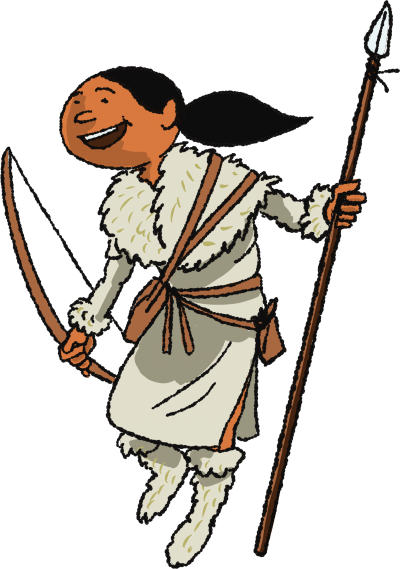
 Neolithic: 4,000 BC
Neolithic: 4,000 BC
The Neolithic was an era of change. Before this time there was no pottery or farming in Britain. It is still debated whether it was a movement of people or ideas that brought these techniques from Europe; or a mixture of both. What is certain is that farming was a technological revolution, after which people transitioned gradually from nomadic, hunter-gatherer lifeways to a more settled way of living. Mining for flint was common at this time and there have been many flint axe heads found deposited in rivers around Lancashire. The building of monuments, such as circular henges, became popular in Britain: these monuments were often associated with burials, funerary rituals, and spiritual belief systems. The Neolithic can be thought of as a package of all these things, which together produced a new culture. Examples of Neolithic Pottery can be found in Clitheroe Castle Museum.
Hint: Culture is the collection of ideas, customs, materials, and social behaviour of groups of people.

 Bronze Age: 2500BC
Bronze Age: 2500BC
Bronze is an alloy metal made from copper and tin. Copper and tin are heated to high temperatures until they become liquid, mixed, and then cooled again into solid bronze. The use of bronze began to replace stone in Britain around 2500 BC. The stone piles at Devil’s Apronful may be the remnants of a Bronze Age burial cairn which forms part of a wider landscape of monuments, including the cairn at Lower Apronful. There is evidence of a cup markings on the standing stone at the Nick of Pendle, which is thought to be Bronze Age rock-art.
Hint: A Cairn is a human-made stack of stones, and the word comes from Scottish Gaelic.
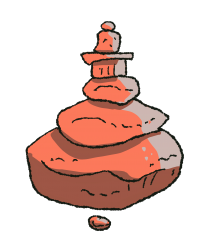
 Iron Age: 800BC
Iron Age: 800BC
The Iron Age is named after first evidence of iron use in Britain. The use of iron tools improved farming which lead to an expansion of human settlements. The landscape of Iron Age Britain included Hill Forts and field systems, which divided the land up into territories. People lived in clans and Hill Forts, which were surrounded by walls and diches, were prime defences from inter-clan warfare. Woodlands were spiritual places for Iron Age people. Druids were religious practitioners; their festivals celebrated the changing of the season and the natural world.
Hint: Samhain was a Druid festival which took place in November and marked the end of the year. Modern Halloween celebrations are based in this tradition.
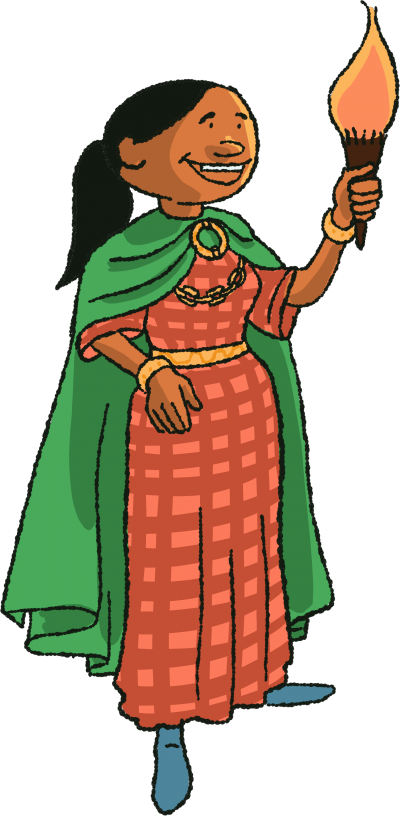
 Roman Britain: AD 43
Roman Britain: AD 43
The landscape of the British Isles was revolutionised by the expansion of the Roman empire. The Romans conquered Britain from AD 43, bringing with them towns, coins, taxation, markets, bureaucracy, roads, and a military presence to name but a handful of cultural practices.
The Roman Road between Ribchester and Elslack runs around Pendle Hill, but there is still lots to discover about this historic route.
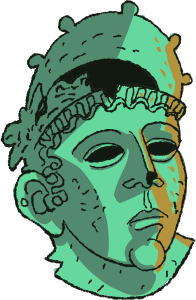
 Medieval: AD410
Medieval: AD410
The Medieval period is also known as the Middle Ages: it is a very long era of history which includes much change and several phases such as the Viking, Anglo-Saxon, Norman and Tudor periods. All these different cultures left their mark on the Britain we see today. The Middle Ages saw a rise in Christianity, meaning more and more churches and abbeys began to appear in the archaeological record.

 Early Modern: c1570
Early Modern: c1570
The early modern period was a time where people believed in supernatural forces. Scientific discoveries were not as advanced as today, and people used ideas such as witchcraft and demons to explain aspects of life which were, at the time, unexplainable: like a change in the weather or a flood. This is one of Pendle’s most infamous eras of human occupation because of the 1612 Pendle Witch Trails, during which women were falsely accused of witchcraft. Malkin Tower is named as a witches’ meeting place in The Wonderfull Discoverie of Witches in the Countie of Lancaster, a book published by Thomas Potts in 1613. The location of Malkin Tower however is to this day unknown and archaeological investigations continue.
Hint: Infamous means famous for a bad reason!
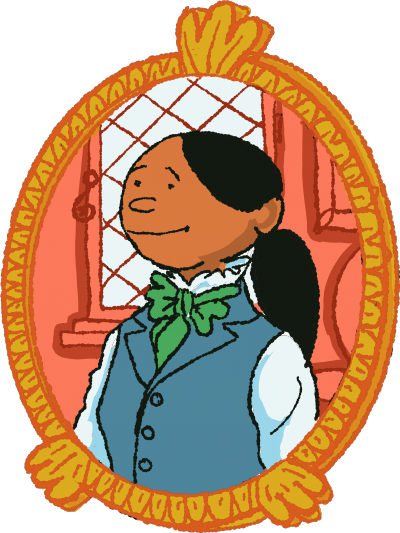
 Modern: c1914 to present day
Modern: c1914 to present day
The landscape of world war and technological advancements such as the industrial revolution, the advent of the internet and the expansion of cities have contributed to the Britain of today. The modern era is also referred to as the Anthropocene, as this is the period when human influence on the earth is most apparent. A by-product of modernity has been the mass consumption of single-use plastics which will remain in the archaeological records generations to come. All our houses, cities, and the material culture we use - such as mobile phones - will one day become archaeology. What kind of story will the stuff we leave behind tell?
Hint: Anthropo = human and cene = new

All your cryptic letters should form the word MICROLITH.
A Microlith is a small stone, usually made from flint or chert. It was used in spear points or arrowheads by nomadic hunter gatherers (to give context each roundel will include a clue to find a letter and all the letters put together will make this word).